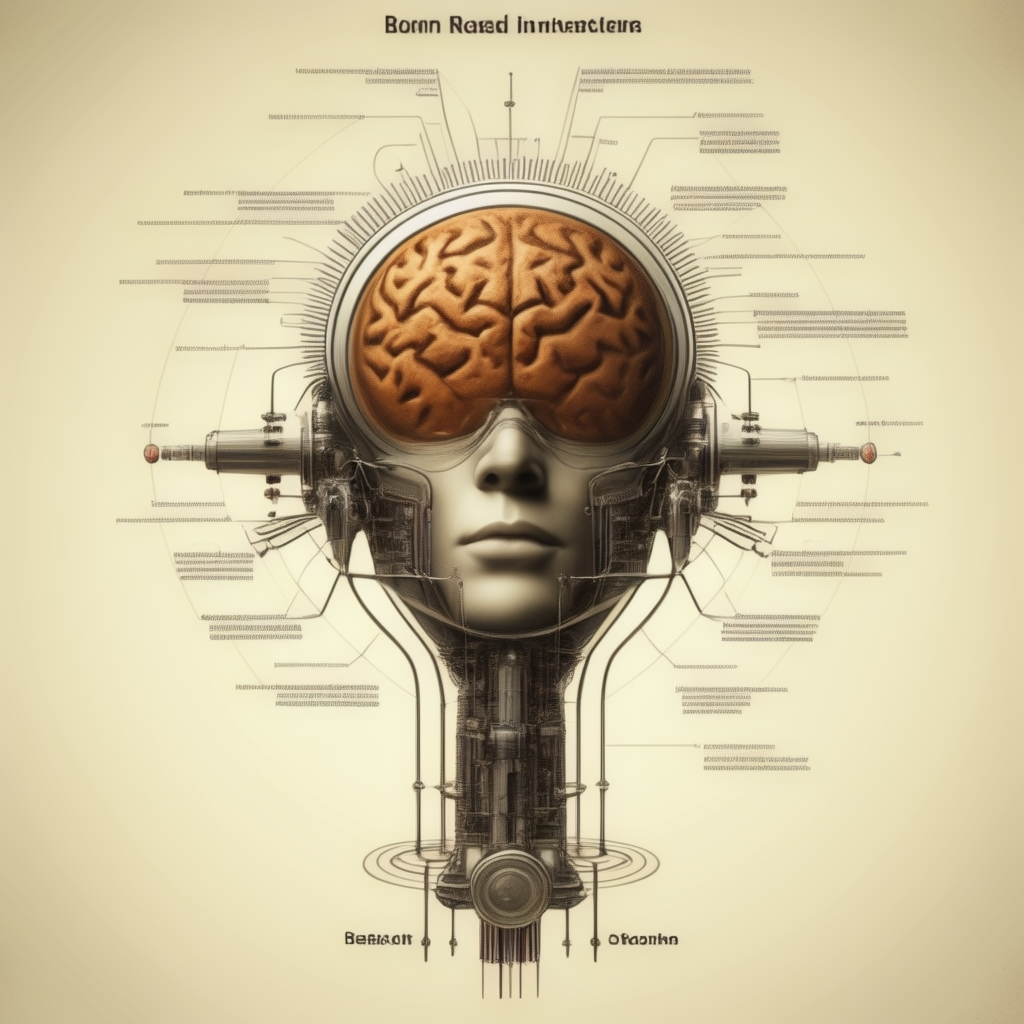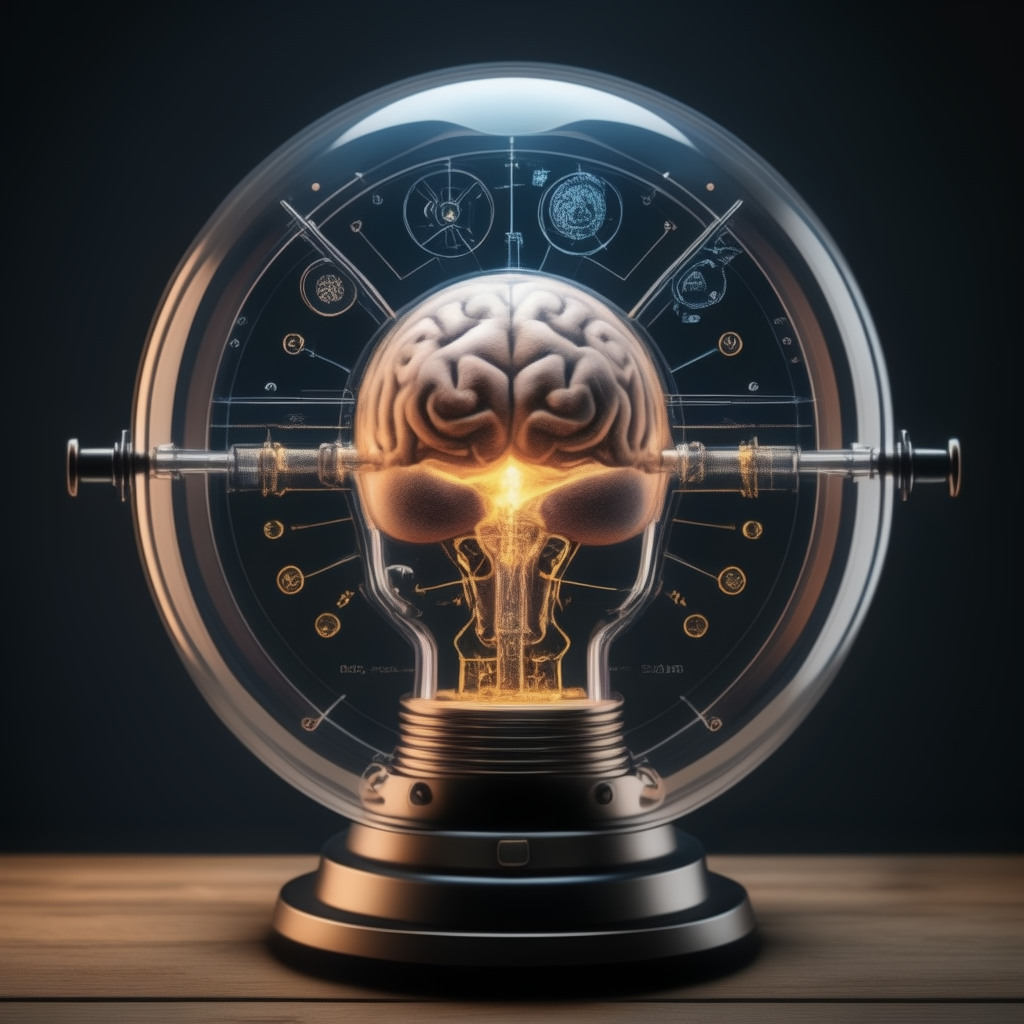- Problem Definition and Understanding:
- Define the problem statement clearly: Helping individuals manage tasks, priorities, time-bound activities, and track progress.
- Understand the target audience: Identify the users who will benefit from the solution, their needs, preferences, and pain points.
- Conduct user interviews and surveys to gain deeper insights into users’ pain points, habits, and preferences regarding task management and progress tracking. Use techniques such as user personas and journey mapping to create detailed profiles of target users and understand their motivations and behaviors.
- Conduct market research and competitive analysis to identify existing solutions, gaps in the market, and potential areas for innovation. Collaborate with domain experts and stakeholders to gain a deeper understanding of the intricacies and nuances of task management and progress tracking in various contexts. Use techniques such as empathy mapping and user journey mapping to empathize with users, understand their pain points, and visualize their experiences throughout the task management process.
- Utilize techniques such as topic modeling and sentiment analysis on user feedback and reviews to uncover latent themes and sentiments related to task management and progress tracking. Employ natural language processing (NLP) algorithms to analyze textual data from user interviews and surveys, extracting key phrases, topics, and sentiment scores. Implement clustering algorithms to identify distinct user segments based on their task management habits, preferences, and pain points.
- Data Collection and Preparation:
- Gather relevant data: Collect data on users’ tasks, priorities, schedules, and progress. This can include structured data (e.g., task lists, calendars) and unstructured data (e.g., notes, feedback).
- Clean and preprocess the data: Remove duplicates, handle missing values, and standardize the data format to make it suitable for analysis and modeling.
- Explore various sources of data, including user-generated content, activity logs, sensor data (if available), and external APIs (e.g., calendar APIs, task management tools).Implement data pipelines and ETL (Extract, Transform, Load) processes to clean, transform, and integrate data from heterogeneous sources. Apply techniques like data anonymization and encryption to ensure privacy and security of user data.
- Explore advanced data collection methods such as web scraping, sentiment analysis on social media, or crowdsourcing to gather rich and diverse datasets. Implement data quality checks and anomaly detection algorithms to identify and handle outliers, noise, and inconsistencies in the data. Apply data augmentation techniques (e.g., synthetic data generation, data imputation) to enhance the size and diversity of the dataset, especially in cases of sparse or incomplete data.
- Employ distributed data collection techniques using cloud-based services and parallel processing frameworks (e.g., Apache Spark) to efficiently gather large-scale datasets from diverse sources. Utilize data versioning and lineage tracking tools (e.g., DVC, MLflow) to maintain a detailed history of changes to the dataset and track the lineage of derived features. Apply data anonymization and differential privacy techniques to protect sensitive user information while preserving the utility of the data for analysis and modeling.
- Feature Engineering:
- Extract meaningful features: Identify relevant features from the collected data that can be used to predict tasks, priorities, schedules, and progress.
- Transform data: Convert raw data into numerical or categorical features that can be input into machine learning models.
- Conduct exploratory data analysis (EDA) to gain insights into the distribution and relationships between features and target variables. Engineer new features based on domain knowledge and insights gained from EDA, such as time-based features (e.g., time of day, day of week), task priority scores, and progress metrics. Use techniques like dimensionality reduction (e.g., PCA) to reduce the complexity of high-dimensional data.
- Use domain-specific knowledge and expert insights to create custom features that capture unique aspects of task management and progress tracking across different domains and user segments. Experiment with advanced feature selection techniques (e.g., recursive feature elimination, feature importance ranking) to identify the most relevant and informative features for model training. Leverage domain-specific libraries and APIs (e.g., natural language processing libraries for text data, geospatial libraries for location-based features) to extract specialized features tailored to specific use cases.
- Leverage domain-specific ontologies and knowledge graphs to enrich the dataset with semantic annotations and hierarchical relationships between entities (e.g., tasks, goals, deadlines).Explore advanced feature extraction techniques such as deep learning-based embeddings (e.g., Word2Vec, BERT) to capture semantic similarities and contextual information from textual data. Implement time series feature engineering methods (e.g., lag features, rolling statistics) to capture temporal patterns and seasonality in time-stamped data related to task schedules and progress tracking.
- Model Selection and Training:
- Choose appropriate AIML techniques: Select suitable machine learning algorithms or AI models for the task, such as classification, regression, or clustering.
- Split data: Divide the dataset into training and testing sets to evaluate model performance.
- Train the model: Fit the selected model on the training data to learn patterns and relationships between features and target variables.
- Perform hyperparameter tuning using techniques like grid search or randomized search to optimize model performance. Experiment with ensemble methods (e.g., random forests, gradient boosting) to improve model robustness and generalization. Evaluate the trade-offs between model complexity, interpretability, and performance to choose the most suitable model for the problem.
- Explore cutting-edge research papers and pre-trained models in the field of natural language processing, computer vision, and time series analysis to leverage state-of-the-art techniques for model development. Investigate transfer learning and domain adaptation approaches to fine-tune pre-trained models on task management and progress tracking datasets, reducing the need for large amounts of labeled data. Experiment with semi-supervised and unsupervised learning methods (e.g., self-supervised learning, clustering) to discover latent patterns and structures in the data without explicit labels.
- Utilize distributed training frameworks (e.g., TensorFlow Extended, Horovod) to parallelize model training across multiple GPUs or distributed computing clusters, reducing training time for large-scale models. Investigate model ensembling techniques such as stacking, boosting, and bagging to combine predictions from multiple base models, leveraging their complementary strengths and improving overall performance. Employ techniques such as model distillation and quantization to compress and optimize large neural network models for deployment on resource-constrained edge devices.
- Evaluation and Validation:
- Evaluate model performance: Assess the performance of the trained model using appropriate metrics such as accuracy, precision, recall, or F1-score.
- Validate results: Validate the model’s predictions against real-world data to ensure its effectiveness in solving the problem.
- Conduct cross-validation to assess model performance across multiple folds of the dataset and mitigate overfitting. Perform A/B testing or user studies to compare the performance of the AIML-powered solution against existing methods or competitors. Use techniques like calibration plots and receiver operating characteristic (ROC) curves to visualize model calibration and discrimination.
- Perform sensitivity analysis to assess the robustness of the model to changes in input parameters, hyperparameters, and data distributions. Explore fairness, accountability, and transparency considerations in model evaluation, ensuring that the AIML solution does not exhibit biases or discrimination against certain user groups. Conduct adversarial testing and stress testing to evaluate the model’s resilience to adversarial attacks, edge cases, and unforeseen scenarios in real-world deployments.
- Deploy synthetic data generation techniques (e.g., generative adversarial networks, data augmentation) to simulate diverse user scenarios and evaluate the robustness and generalization of the model across different contexts. Implement cross-domain validation strategies such as domain adaptation and transfer learning to evaluate model performance on out-of-distribution data from unseen user segments or domains. Utilize Bayesian optimization and hyperparameter tuning libraries (e.g., Optuna, Hyperopt) to efficiently search the hyperparameter space and optimize model performance while minimizing computational resources.
- Deployment and Integration:
- Develop a user interface: Design and develop a user-friendly interface (e.g., mobile app, web app) for users to interact with the solution.
- Integrate AIML model: Incorporate the trained model into the application backend to provide intelligent task management and tracking functionalities.
- Implement continuous integration and deployment (CI/CD) pipelines to automate the deployment process and ensure reproducibility. Utilize containerization technologies (e.g., Docker) and orchestration tools (e.g., Kubernetes) for scalable and efficient deployment in production environments. Design APIs for seamless integration with other systems and applications, allowing for interoperability and extensibility.
- Implement model explainability techniques (e.g., SHAP values, LIME) to provide users with insights into the underlying factors driving model predictions and recommendations. Design adaptive user interfaces that dynamically adjust to users’ preferences, habits, and context, providing personalized recommendations and actionable insights in real-time. Explore edge computing and federated learning approaches to deploy lightweight models on edge devices and IoT sensors, minimizing latency and preserving user privacy.
- Utilize container orchestration platforms (e.g., Kubernetes) and serverless computing frameworks (e.g., AWS Lambda, Google Cloud Functions) to deploy and manage scalable, fault-tolerant applications in production environments. Implement asynchronous message passing protocols (e.g., Kafka, RabbitMQ) for real-time event-driven communication between microservices within the application architecture, enabling seamless integration and decoupling of components. Utilize model versioning and metadata management platforms (e.g., MLflow, Kubeflow) to track model artifacts, experiment results, and deployment configurations, facilitating reproducibility and collaboration among team members.
- Testing and Iteration:
- Test the application: Conduct thorough testing of the application to identify and fix any bugs or usability issues.
- Gather feedback: Solicit feedback from users to understand their experience with the application and areas for improvement.
- Iterate and refine: Use user feedback and performance metrics to iterate on the solution, making necessary adjustments to enhance its effectiveness and user satisfaction.
- Conduct usability testing sessions with representative users to identify pain points and usability issues in the application interface. Implement logging and monitoring mechanisms to track application performance, user interactions, and model predictions in real-time. Establish feedback loops with users and stakeholders to gather continuous feedback and prioritize feature enhancements and bug fixes.
- Conduct user acceptance testing (UAT) with diverse user groups to validate the usability, accessibility, and effectiveness of the AIML solution in real-world scenarios. Establish a robust feedback loop with users, incorporating user feedback into iterative development cycles to continuously improve the accuracy, relevance, and user experience of the solution. Implement multivariate testing and A/B/n testing frameworks to compare different versions of the solution and identify the most effective features, algorithms, and user interface designs.
- Implement chaos engineering techniques such as fault injection and latency testing to proactively identify and mitigate potential failure scenarios in the production environment, ensuring system resilience and reliability. Utilize synthetic data generation tools (e.g., Faker, Synthetica) to generate realistic test datasets with diverse user scenarios and edge cases, enabling comprehensive testing of the application across different conditions. Deploy automated testing frameworks (e.g., Selenium, Puppeteer) for end-to-end testing of the user interface and user interactions, ensuring consistent behavior and functionality across different browsers and devices.
- Maintenance and Monitoring:
- Maintain the application: Regularly update and maintain the application to ensure compatibility with evolving technologies and user needs.
- Monitor performance: Monitor the application’s performance and user engagement metrics to identify any issues or opportunities for optimization.
- Set up automated monitoring and alerting systems to detect anomalies and performance degradation in the application and underlying infrastructure. Implement version control for both codebase and data assets to track changes and facilitate collaboration among team members. Regularly audit and update the AIML model with fresh data to adapt to changing user preferences, behaviors, and environmental factors.
- Develop automated model retraining pipelines that periodically retrain the AIML models on fresh data to adapt to evolving user behaviors, preferences, and external factors. Implement model versioning and rollback mechanisms to track changes in model performance over time and revert to previous versions in case of performance degradation or unintended consequences. Establish comprehensive governance and compliance frameworks to ensure ethical and responsible use of AI and mitigate risks related to data privacy, security, and regulatory compliance.
- Implement distributed logging and monitoring solutions (e.g., ELK stack, Prometheus, Grafana) to collect and visualize real-time metrics, logs, and alerts from the application infrastructure and AIML models, enabling proactive detection and resolution of issues. Utilize anomaly detection algorithms (e.g., Isolation Forest, LSTM-based autoencoders) to identify unusual patterns and deviations in user behavior or model performance, triggering alerts and notifications for further investigation. Implement continuous integration and continuous deployment (CI/CD) pipelines with automated rollback capabilities to quickly revert to previous versions in case of critical failures or degradation in performance.
By following these steps, we can develop an end-to-end solution using AIML to help individuals manage tasks, priorities, time-bound activities, and track progress effectively.







